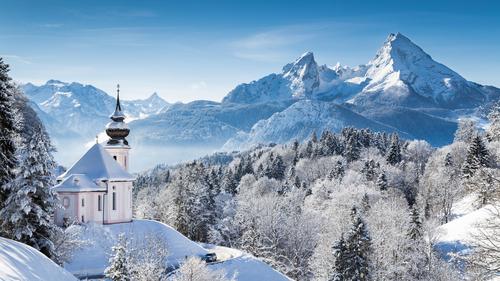Exploring the Rich and Vibrant Philippine Culture: A Closer Look at its Traditions and Customs
The Philippine culture is a distinct and diverse blend of Spanish, American, and indigenous influences that have evolved over centuries. From colorful festivals to unique customs and traditions, the country’s rich cultural heritage reflects the resilient and adaptable nature of its people. In this blog article, we will take a closer look at the many facets of the Philippine culture that make it so fascinating and unique.
A Brief History of Philippine Culture
Philippine culture traces its roots to the pre-colonial period, which saw the emergence of various indigenous groups with their distinct customs, beliefs, and practices. The arrival of the Spanish in the 16th century marked a significant turning point in the country’s history and culture. The Spanish introduced Christianity and the Spanish language, which have since become integral parts of the Philippine culture. The American period, which followed the Spanish colonial era, also left its mark on Philippine culture, introducing new ideas, values, and social norms.
Unique Customs and Traditions
One of the most striking elements of Philippine culture is its many customs and traditions. Perhaps the most well-known of these is the Filipino hospitality, which is deeply ingrained in the country’s culture. Filipinos are known for their warmth, kindness, and generosity towards guests, making visitors feel right at home. Another unique custom is the use of “mano po,” a traditional way of showing respect to elders by taking their hand and bringing it to one’s forehead.
Festivals are also a significant part of Philippine culture, with many colorful and lively celebrations taking place throughout the year. The Sinulog Festival in Cebu, for example, is a week-long celebration that honors the Holy Child Jesus and brings together people from all over the country.
The Art and Cuisine of the Philippines
The Philippines is also home to a rich and vibrant art scene, with many talented artists and craftsmen producing beautiful works of art in various media. From traditional wood carvings and woven textiles to modern paintings and sculptures, Philippine art is a testament to the country’s creative spirit.
Philippine cuisine is also popular around the world, known for its unique blend of flavors and textures. Adobo, a dish made with meat, soy sauce, vinegar, and spices, is perhaps the most well-known Filipino dish. Other popular dishes include sinigang, a sour soup made with tamarind, and lechon, a succulent roasted pig that is a staple at many Filipino celebrations.
Conclusion
The Philippine culture is a vibrant and diverse tapestry of customs, traditions, art, and cuisine that reflects the country’s rich history and multifaceted identity. From its colorful festivals to unique customs and traditions, the Philippine culture is something that every visitor should experience. As we’ve seen in this blog article, the country’s resilient and adaptable people have created a culture that is truly one of a kind.
(Note: Do you have knowledge or insights to share? Unlock new opportunities and expand your reach by joining our authors team. Click Registration to join us and share your expertise with our readers.)
